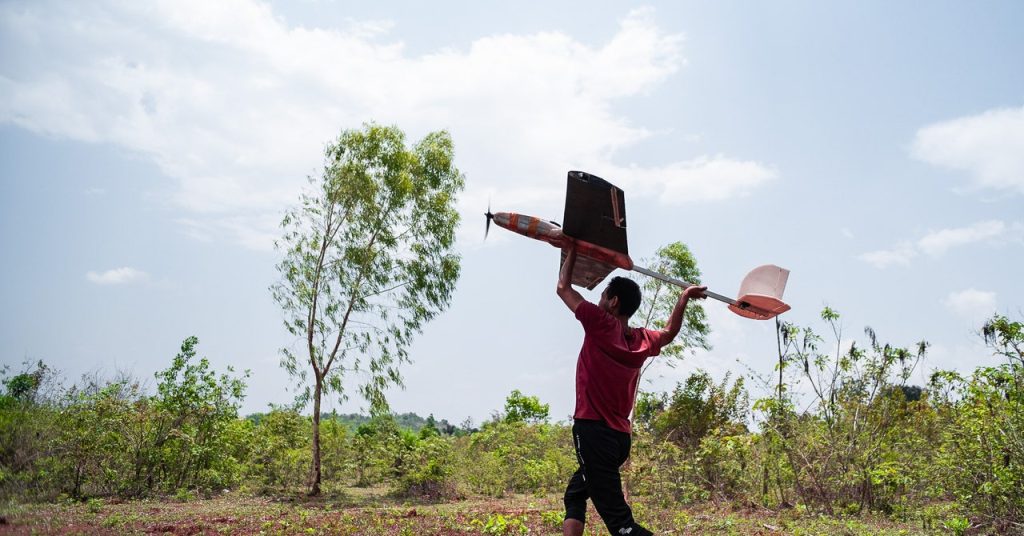“We needed weapons, and we needed them fast,” 3D says, sitting beneath the stalactites in a dimly lit cave, somewhere deep in the jungle in eastern Myanmar. The space reverberates with the hum of 3D printers—the devices that gave 3D his nom de guerre. 3D, a network engineer, comes across as controlled and cautious, but from time to time, mostly when he’s speaking about his printers, a playful grin appears on his face. He spoke on condition that WIRED would not reveal his real name or show his face. “My parents would kill me if they would know what I’m up to,” he says. Not only does 3D face the risk of arrest, torture, or execution for his part in the revolution, the military would not hesitate to arrest his parents if they were to discover 3D’s identity.
Myanmar’s borderlands have been plagued by civil conflicts since the end of the second world war. Rebel groups, often delineated along ethnic lines, have sought autonomy from a state that was stitched together by the British Empire, unifying distinct ancient kingdoms. The civil war escalated dramatically after the military seized power in February 2021, reversing years of tentative democratic progress. Thousands of people took to the streets to protest, but the military cracked down with stunning brutality, killing hundreds of civilians across the country. Many people took up arms against the regime, or joined existing insurgencies. Today, over 250 rebel groups are fighting against the military dictatorship in all corners of the country, turning Myanmar into a patchwork of frontlines, no man’s land, and islands controlled by a mosaic of insurgents.
3D joined the peaceful protests in the Eastern town of Loikaw in the aftermath of the coup and witnessed the bloody response. “They fired with live ammunition at the protesters and killed many,” he says. After he saw that, 3D decided to join the revolution. He enrolled in an armed insurgent group that consisted of civilian volunteers like himself, named the Karenni Nationalities Defence Force (KNDF). What he found was a resistance movement that was massively outgunned. “We had nothing when our resistance began two years ago, and we took up against a military titan,” 3D says. “That’s when I thought: I have to find a way to make weapons from scratch.” Before the revolution began, 3D already owned a 3D printer. “But I just used it as a hobby. When I saw the urgent need for weapons, I decided to find a way to use my 3D printer.”
Today, 3D’s printers are at the heart of the rebel group’s in-house weapons program, producing drones, stabilizers for mortars, and other munitions to support the pro-democracy fighters. These are tools that have become closely associated with Ukraine’s scrambled, open-sourced defense against Russia’s invasion, but, as 3D’s work on Myanmar’s frontlines shows, the bootstrapping of warfare has become a global phenomenon.
“Without 3D printing, someone can manufacture a very high-quality weapon,” Yannick Veilleux-Lepage, assistant professor of political science at the Royal Military College of Canada, says. “But that does require a great deal of skill; you need to be a competent metal worker, and that takes a long time. With a 3D-printed firearm, it doesn’t take very long to go from no skill, to [creating] something lethal. That’s how things are changing: the lethality and the ease of it.”
Read the full article here









